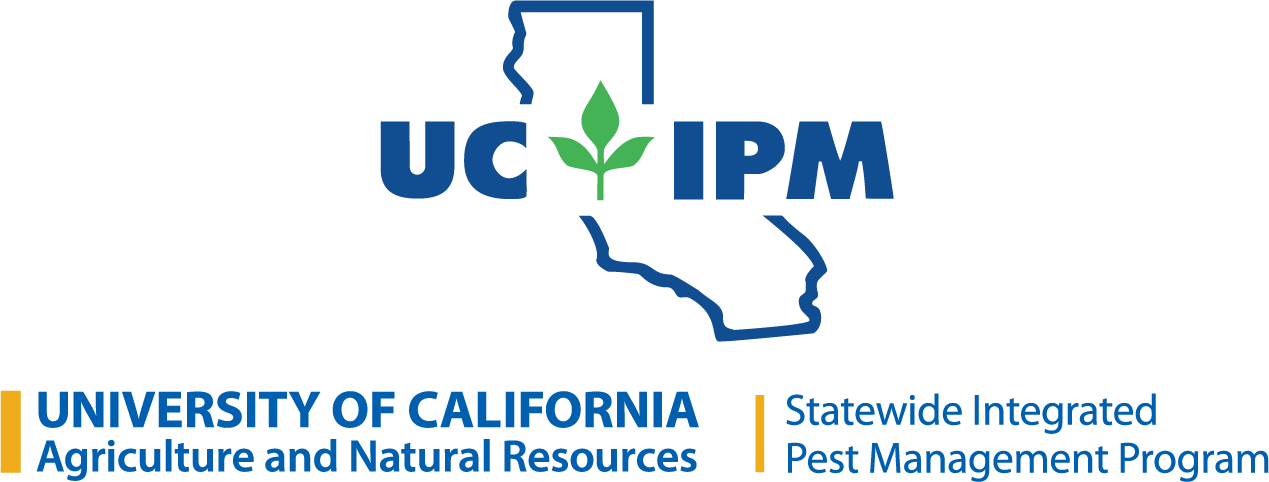Lady beetles, or “ladybugs,” are round- or half-dome-shaped insects with hard wing covers. About 200 different species occur in California and most are predators of pest insects both as adults and larvae. Some species specialize on aphids, scales, or mealybugs; others have a broader diet.
Lady beetles develop through four life stages: egg, larva, pupa, and adult. After hatching from the egg, larvae develop through four increasingly larger instars. All lady beetles have similar shapes for these life stages, but coloring and patterns differ between the species. Being able to recognize the life stages of lady beetles will help you distinguish between a pest insect and a beneficial.
Convergent lady beetle, Hippodamia convergens
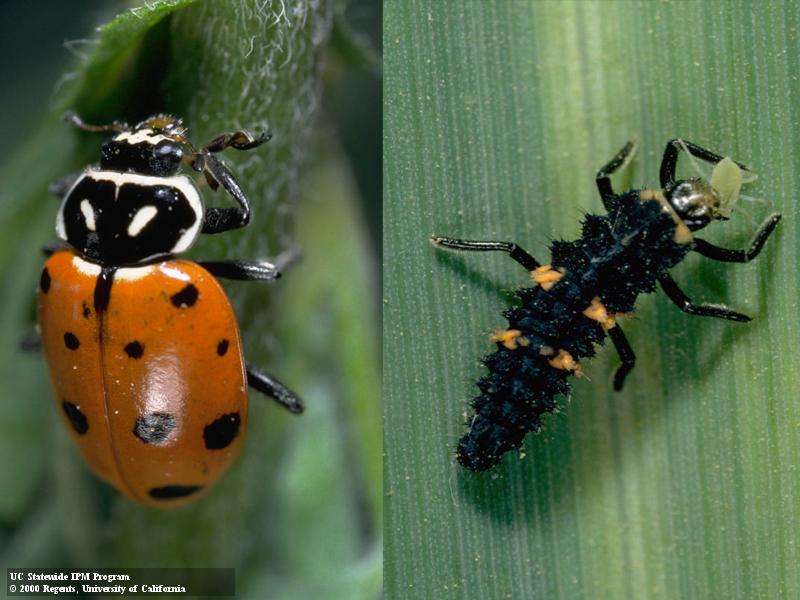
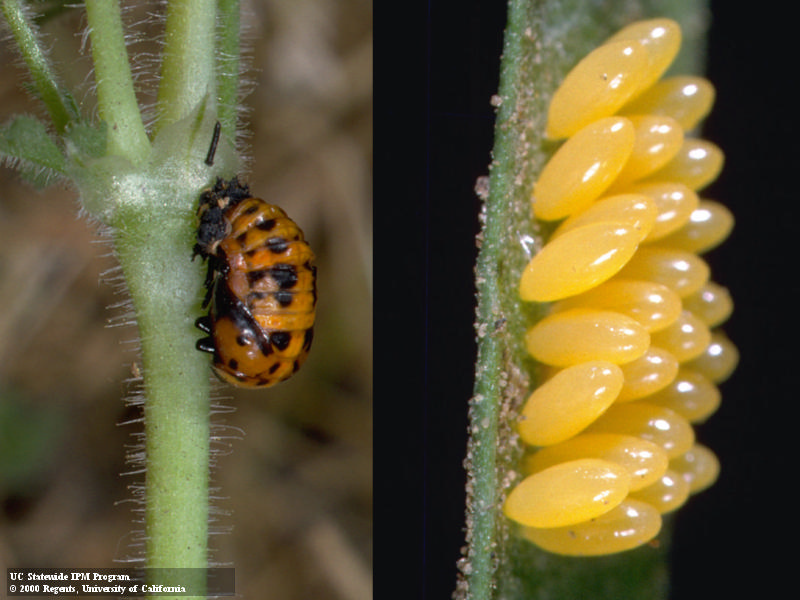
Other aphid-feeding lady beetles (commonly reddish)
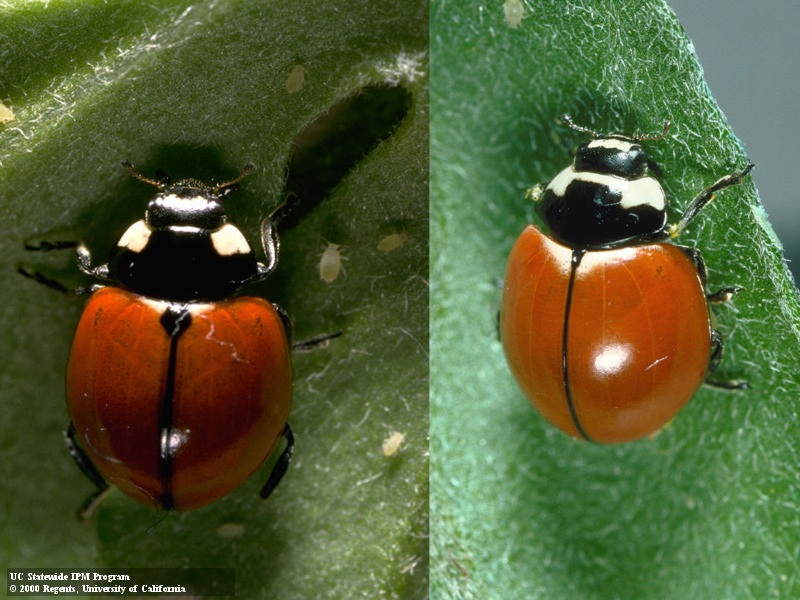
The twospotted lady beetle is red with two black spots on the wings and two white blotches on a black thorax, or black with four reddish spots on the wings. The sevenspotted lady beetle has a black head with two white spots.
Other lady beetles
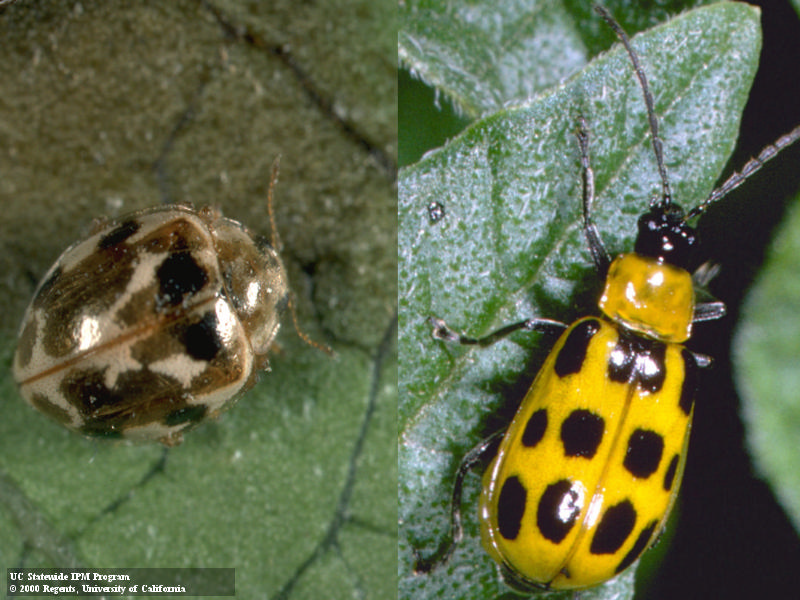
The mealybug destroyer lady beetle is dark with an orange head and tail. Its wax-covered larva resembles its mealybug prey. The multicolored Asian lady beetle ranges from red to yellow with no spots or up to 19 spots on the wings. The thorax is often cream colored with black markings. This larger lady beetle feeds on aphids, scales, psyllids and other insects. The vedalia lady beetle eats only cottony cushion scale, a pest of citrus and certain ornamentals, often providing complete biological control.
Axion plagiatum is shiny black with two red spots and feeds on aphids, oak leaf phylloxera, and sycamore scale. Chilocorus bipustulatus feeds on scale insects. The adult is black and its larvae are orange-gray. The ashy gray lady beetle has black spots on its light gray or yellowish wings. A black form with two red spots also occurs. It feeds on aphids and psyllids.
Read more about beneficial insects.
